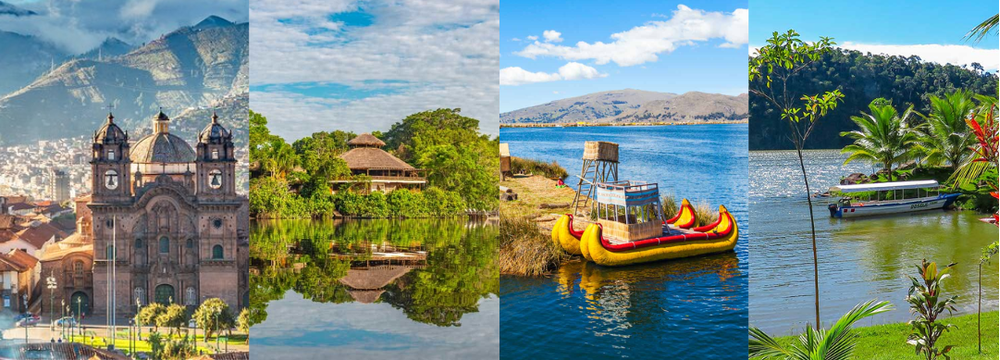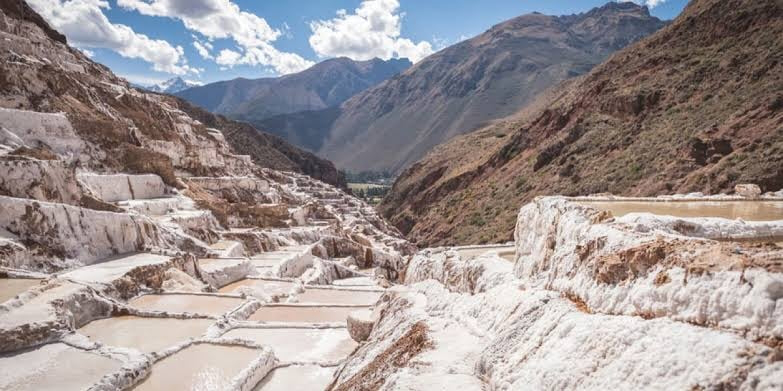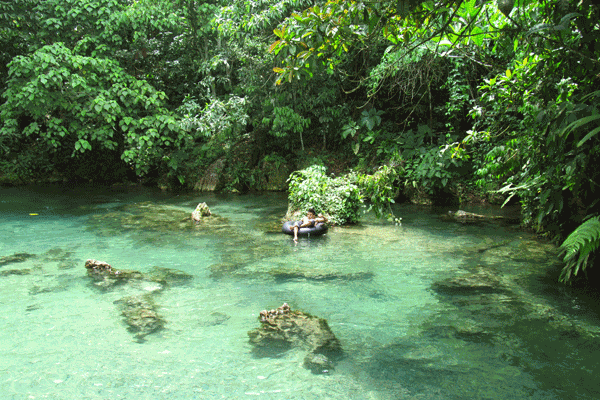
The Post-Congress will allow you to know one of the other two regions of our country: the Highlands or the Rainforest. We have prepared four itineraries, each in a different and magical city, where you will have an unforgettable experience!
Post-Congress destinations and dates
- Cusco: August 15th - 20th
- Iquitos: August 15th - 19th
- Puno: August 15th - 19th
- Tarapoto: August 15th - 19th
Post-Congress Destinations
Cusco

Machu Picchu
Located on top of a mountain in the middle of a tropical forest, it is considered the tourist attraction par excellence in Peru. The historic sanctuary is a place that captivates tourists not only for its dazzling architectural beauty, but also for its important historical-cultural legacy, which has led it to be recognized and admired throughout the world.
Declared Cultural and Natural Heritage of Humanity in 1983 by UNESCO, it is probably the most amazing architectural construction of the Inca Empire. This citadel is made up of temples, palaces, terraces, monuments, complexes and walls; in addition to water channels, built with large blocks of stone, without any amalgam, proof of the great wisdom of the Inca civilization.
Rainbow Mountain
Locally known as Vinicunca, it is located in the Andes in the Cusco city of Peru, and until 2013 when the ice that had always covered the mountain melted away, the colors beneath were completely unknown. The colors look more natural in person, but they're not dull either. You can still see the distinct red, yellow, green, and purple layers even in overcast light. The colors are a result of the ice that once covered the area. When it began to melt, the water mixed with minerals in the ground, turning the earth into the many colors you see today. Red areas are due to rust mixtures, yellows are due to iron sulfide, purples are from goethite or oxidized limonite, and greens come from chlorite.

Salt Mine of Maras
Pre-Inca communities discovered a naturally salty underground stream. They then developed channels to direct the stream into the ponds. To this day, locals use channels to fill thousands of ponds with salty water.
To produce salt, the salt miners fill their ponds a couple of inches (about 5 centimeters). They then let the water evaporate for about three days. They repeat this again and again for about a month. By then they will have 3–4 inches (7–10 centimeters) of salt. Each well can produce 330–440 pounds (150–200 kilos) of salt per month.


Iquitos
Amazon River
The Amazon River flows through South America, providing essential hydration to plants, animals, and people as it courses from the Andes mountains to the Atlantic. Thousands of species of fish and mammals make their home in its water and even more use its banks and the surrounding Amazon Rainforest as their natural habitat. It is one of Mother Nature's finest creations and it is truly a wonder to behold.


Pink Dolphin Sightseeing
The Amazon River dolphins are one of the few species of fresh water and the most well-known river dolphins. They range in color depending on their age; juveniles are dark gray on the dorsal side, lighter gray on the ventral side medium sized, with long beaks, a stocky body, and prominent forehead. As they mature, the ventral side and flanks turn pink; you may think they're almost mystical. They become lighter with age, tinged with white and blue-gray coloring. The pink dolphins are often found singly or in pairs. Watch as they gregariously bound and show off sometimes even alongside the boats.
Floating City of Belen
This is a community that relies on canoes instead of cars, a place where residents live a unique riverside existence that has led to the moniker "The Venice of Peru". Throughout the day, a barrage of canoes ferry passengers on their everyday errands, bringing children to and from school or delivering fresh jungle fruits right to the family home. Among the maze of makeshift residences are schools, restaurants, shops, a gas station, and even a hotel.


Puno

Uros Islands
The fairytale-like Uros Islands are made entirely from totora reeds. The local people's boats are also made from totora, and they use these vessels for fishing. Even some of the islanders' handcrafts are made from this material, and the friendly people of this community offer their work to visitors as a souvenir of their visit to this magical place.
Sillustani Archaeological Site
The Sillustani Chullpas are perfectly cylindrical towers built during the rise of pre-Inca civilizations. They functioned for the burial of the elite, like different kings, high priests, nobles, and their respective families. Together with the Uros floating islands, this is one of the most important attractions within the Puno region.

Aymara Route
The excursion consists of visiting the Molloco Chullpas, extraordinary pre-Columbian constructions; the Aramu Muru, a 5-meter wall also called the Gate of the Gods; the Andean Waru Waru, breathtaking floodable furrows; and the city of Juli, nicknamed the 'Rome of Latin America' because of its churches.


Tarapoto
Lamas
This charming town is one of the oldest in the Peruvian jungle and is famous for preserving its traditions, crafts, and dances. Here, you can visit the wonderful medieval-style castle built over 15 years ago on a huge hill. Inside, you will find impressive decorations and paintings, imposing rock walls, and balconies with a privileged view.


Blue Lagoon
Thanks to its natural beauty, this place is one of the most important tourist attractions in Tarapoto. It is surrounded by grasslands that are home to a great diversity of species and enchanting landscapes, so taking a boat ride on its waters is an incredible experience. Many visitors come here to spend a refreshing day in the middle of the Peruvian Amazon and enjoy nearby tourist places that offer exquisite cuisine and activities, such as canoeing and artisanal fishing.
Waterfalls and Rivers
The Ahuashiyacu waterfalls are one of the most visited and famous destinations in the entire region. It is the perfect place to enjoy a refreshing swim and rest with the sound of the cascading water. On the other hand, the source of the Tio Yacu river is flanked by charming trees that provide shade, forming a paradisiacal and typically jungle image. Its waters have an intense turquoise colour, and as they come directly from the subsoil, they are clean and transparent.

